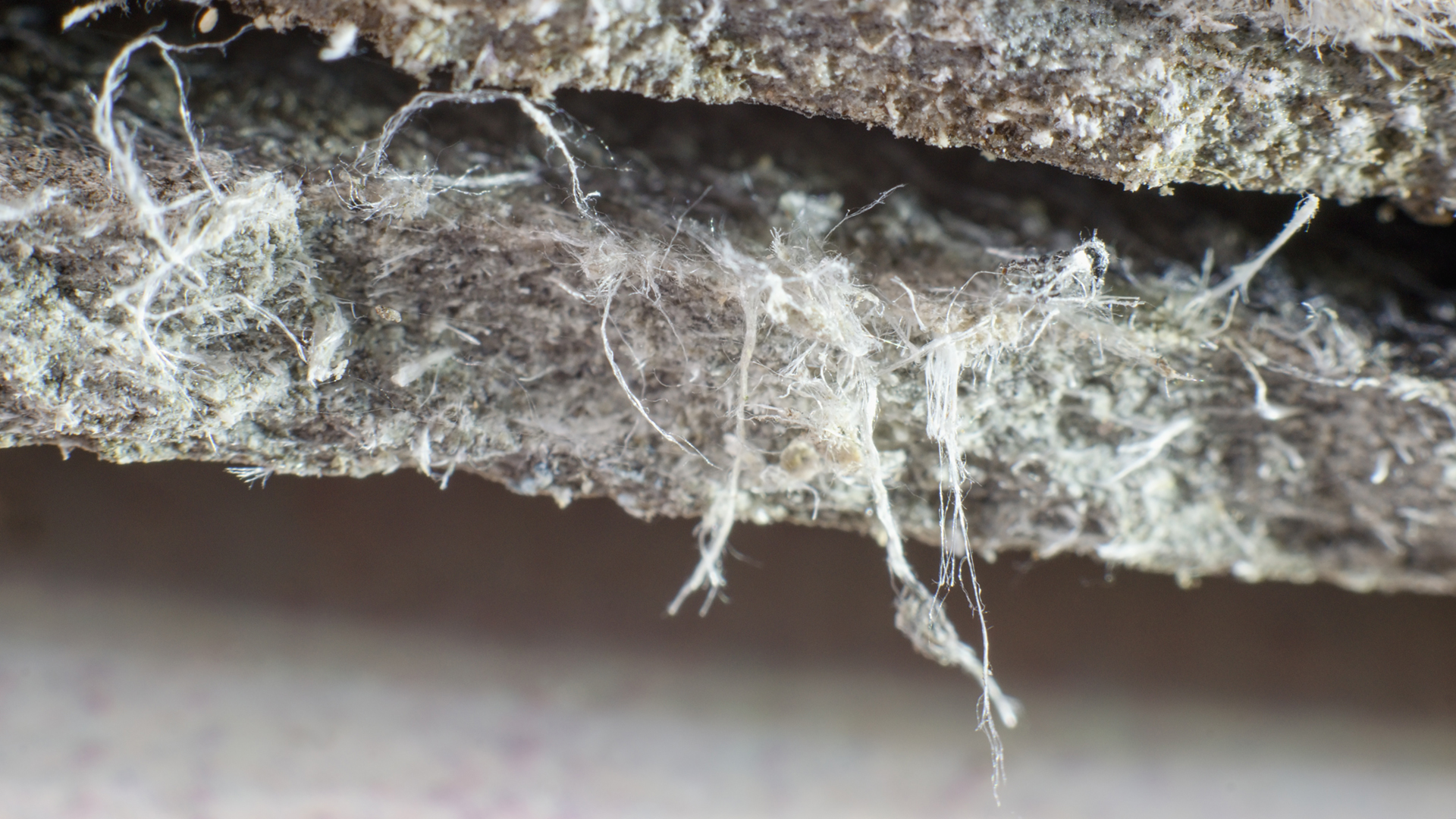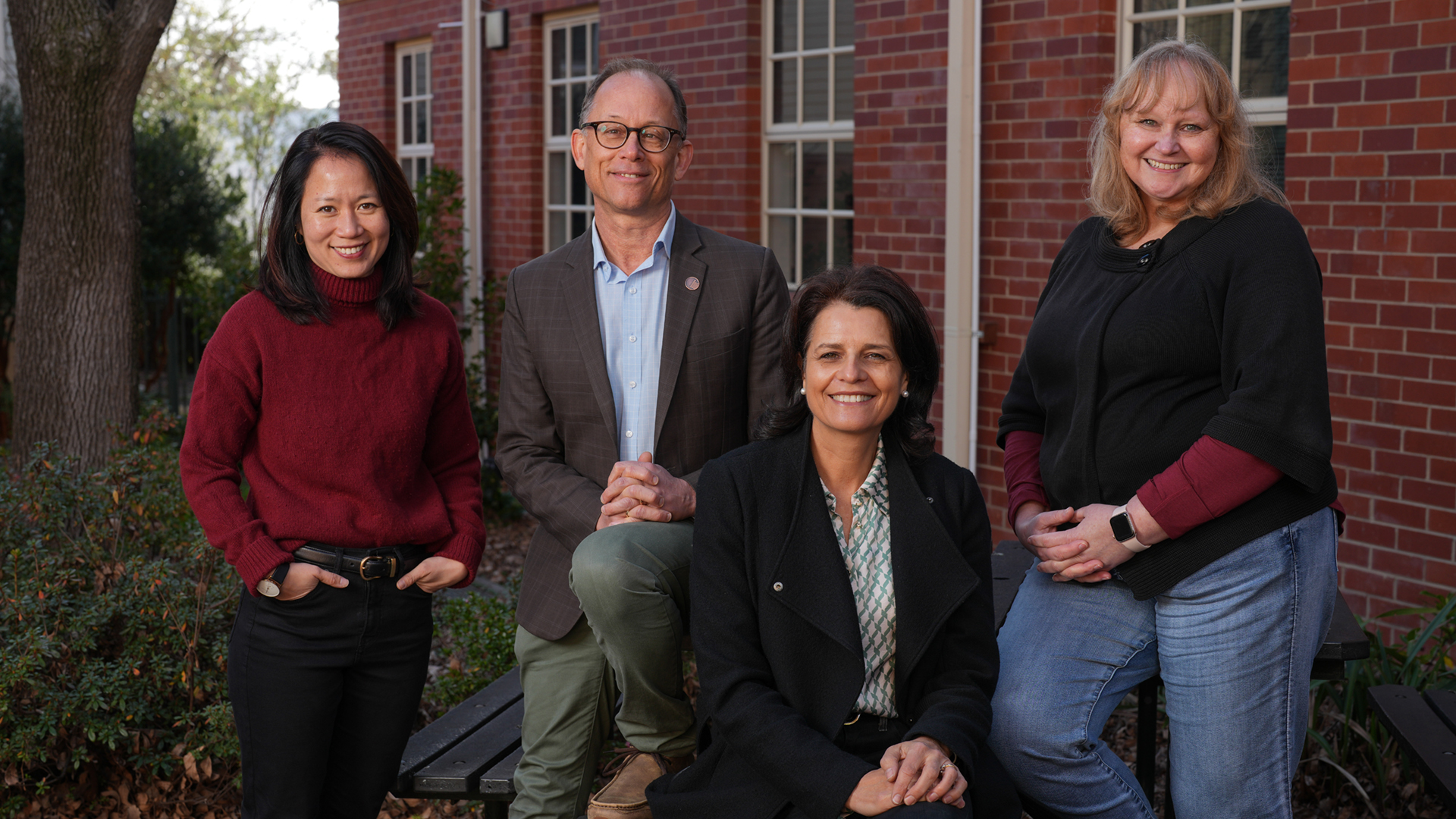
Asbestos study highlights risk of ACT residents developing cancer
New data published in the latest edition of the ACT Asbestos Health Study, led by The Australian National University (ANU), provides fresh insights into the link between developing mesothelioma and other cancers and living in a house containing loose-fill asbestos insulation, also known as ‘Mr Fluffy’ homes.
Between 1968 and 1979, the company commonly referred to as ‘Mr Fluffy’ installed loose-fill asbestos into the roof spaces of more than 1,000 homes in the ACT.
The ACT government has a registry of known residences in the Canberra region that have been found to contain loose-fill asbestos.
Drawing on 35 years of data collected from residential address records, death records and the Australian Cancer Database, the study followed people who had lived in a Mr Fluffy home between 1984 and 2019 (almost 17,000 people).
It examined the rates of mesothelioma, a rare form of cancer that has been linked to asbestos exposure, among people who had lived in these homes and compared them to the rest of the ACT population.
The study found the risk of mesothelioma was elevated among men who had lived in a Mr Fluffy home.
“We found that men who had lived in an asbestos-affected home at some point since 1984 were 2.7 times more likely to develop mesothelioma compared to the rest of the ACT male population,” Principal Investigator Professor Rosemary Korda, from ANU, said.
“In absolute terms, there were seven to eight more mesothelioma cases among men who had lived in a Mr Fluffy home, compared with those who hadn’t, in the 35-year period between 1984 and 2019.
“There have been too few mesothelioma cases among women in the ACT who had ever lived in a Mr Fluffy house to estimate with any certainty if there is an increased risk among women.”
Study co-author and Research Fellow, Hsei Di (Sadie) Law from ANU, said that mesothelioma is challenging to study because it is a rare cancer and requires following large cohorts over long periods of time.
It can take between 20 to 40 years, or longer, for mesothelioma to develop after exposure to asbestos.

“We also found both men and women in the ACT who had lived in a Mr Fluffy home had a 24 to 46 per cent greater risk of developing colorectal cancer, while women in the ACT who had lived in a Mr Fluffy home had a 39 per cent greater risk of lung cancer compared to the rest of the ACT female population,” she said.
“However, the evidence for these cancers being linked to living in a Mr Fluffy home was less strong after taking into account certain limitations of the study and drawing on knowledge from existing research.”
Asbestos was banned in Australia in 2003.
The ACT Asbestos Health Study has been running since 2015. Since then, ANU researchers have published several reports on the health risks of asbestos exposure. The study is funded by the ACT government.
The results from the latest edition of the long-running study are available here.
Anyone with health concerns about living in a Mr Fluffy house should contact their GP, Capital Health Network on 02 6287 8099, Lifeline on 13 11 14 or Beyond Blue on 1300 22 4636.
This article was first published by ANU Reporter.
